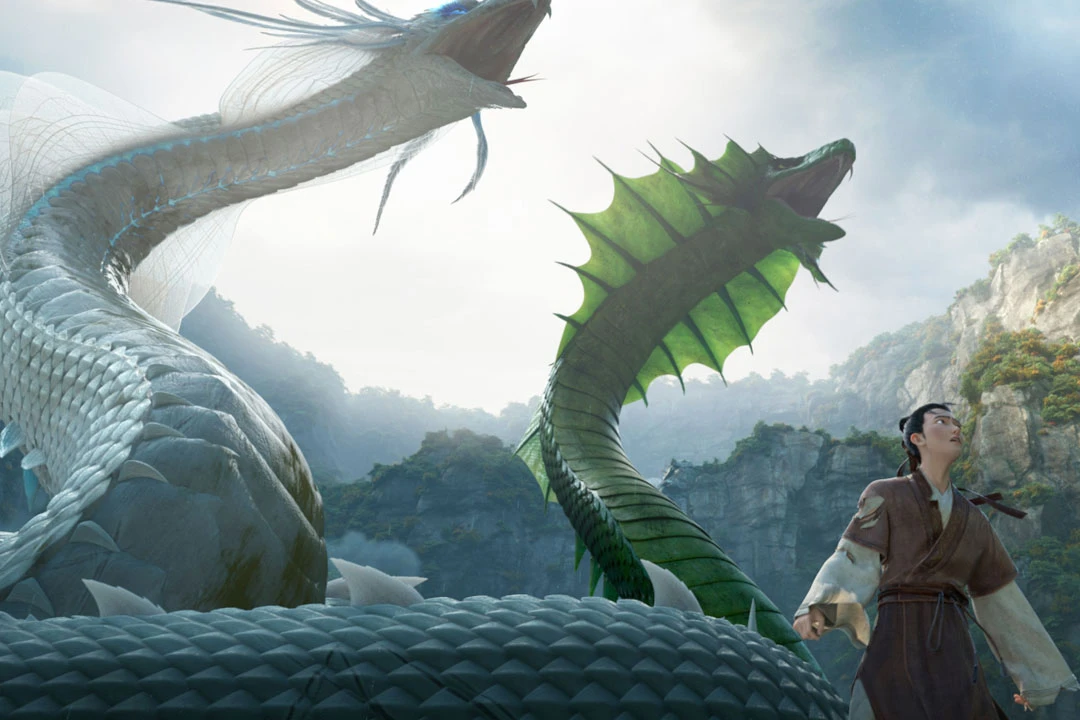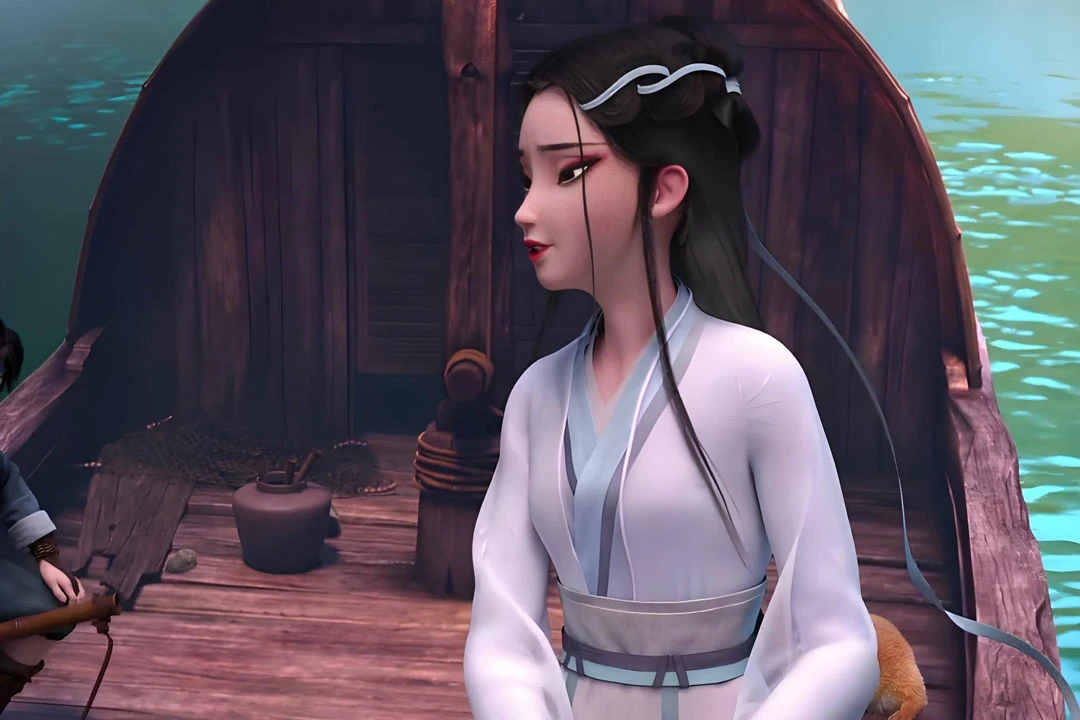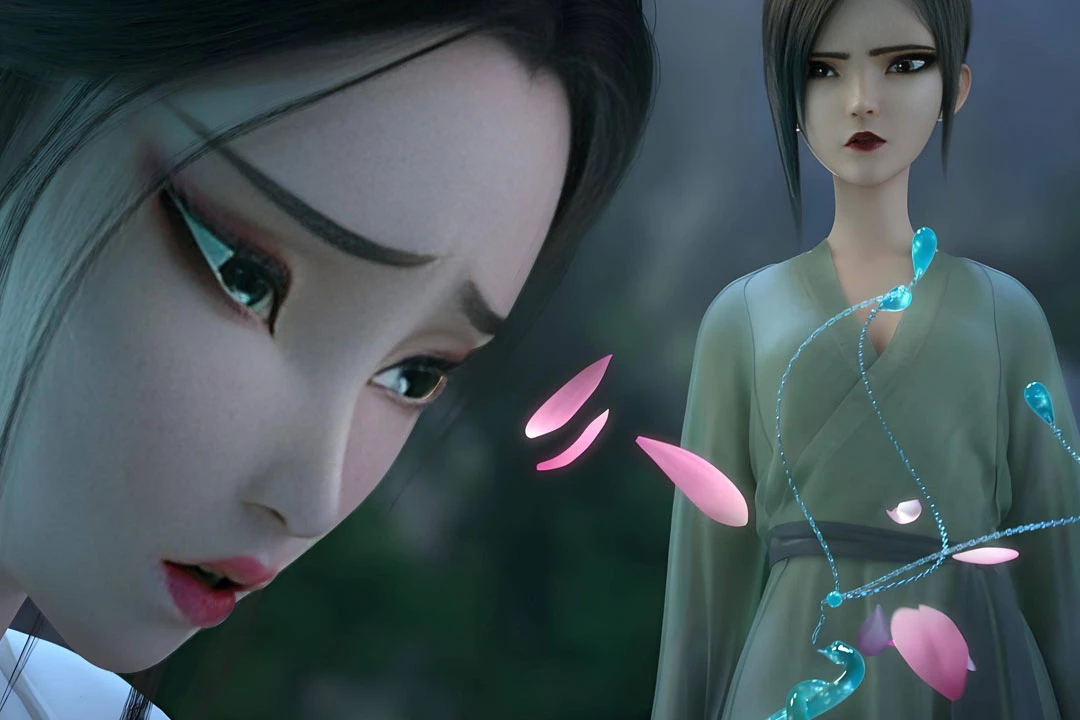Balancing Tradition and Innovation in Animated Storytelling
The release of "White Snake: A Mortal Life" (白蛇:浮生) marks a significant milestone in Chinese animation, completing a trilogy that has captivated audiences with its fresh take on a beloved folktale. As the third installment in Light Chaser Animation's "White Snake" series, this film faced the unique challenge of returning to the original legend while maintaining the innovative spirit of its predecessors.
Directors Chen Jianxi (陈健喜) and Li Jiakai (李佳锴) approached this task with a mix of reverence and creativity. Unlike the previous two films that took more liberties with the source material, "A Mortal Life" had to navigate the delicate balance between honoring the classic story and offering something new to audiences. This balancing act became the core challenge for the creative team.
One of the most notable decisions was the omission of the iconic "Flooding of the Golden Mountain" scene, a staple in most adaptations of the White Snake legend. The directors explained that this choice was deliberate, aiming to shift the climax earlier in the story and leave the audience with a sense of hope rather than impending tragedy. This decision reflects a broader trend in contemporary storytelling, where creators are increasingly willing to subvert expectations and reimagine classic narratives.
The Art of Character-Driven Narratives in the "White Snake" Trilogy
The film's approach to storytelling is decidedly character-driven. In sifting through the myriad versions of the legend, the team focused on moments that represented significant character turning points. This strategy allowed them to distill the essence of the story while creating a narrative that feels fresh and engaging to modern audiences.
A particularly innovative aspect of "A Mortal Life" is its incorporation of comedic elements, a departure from the typically more serious tone of previous adaptations. This addition required careful consideration to ensure that the humor enhanced rather than detracted from the emotional core of the story. The character of Li Gongfu, Xu Xian's brother-in-law, became a key vehicle for this comedic relief, allowing for lighter moments without compromising the integrity of the main characters.
Love Across Lifetimes: Exploring Emotional Depth in Animation
The film also serves as a bridge between the trilogy's installments, with subtle callbacks to the previous movies. The revelation that Li Gongfu is the reincarnation of Ah Xuan's dog from the first film adds a layer of continuity and depth to the series, rewarding attentive viewers and enriching the overall narrative tapestry.
At its heart, the "White Snake" trilogy explores the theme of enduring love across lifetimes. The latest film delves deeper into the nature of this love, questioning whether Bai Suzhen loves the soul of Ah Xuan or the person of Xu Xian. The directors argue that for Bai Suzhen, they are one and the same, representing a love that transcends individual identities and spans centuries.
This portrayal of love challenges contemporary notions of relationships. While the dynamic between Bai Suzhen and Xu Xian could be seen as unbalanced in terms of power and ability, the film posits that true love is about equal emotional investment rather than equal capabilities. This message resonates with modern audiences, offering a nuanced view of love and partnership.
The trilogy's conclusion with "A Mortal Life" leaves some questions unanswered, particularly regarding the future of Xu Xian and Bai Suzhen's relationship. However, it also opens the door for potential spin-offs, such as the hinted story of the proprietor of Bao Qing Lou, connecting the three films and expanding the universe further.
"White Snake: A Mortal Life" represents a successful fusion of traditional storytelling and modern animation techniques. By focusing on character development, emotional depth, and innovative narrative choices, the film manages to breathe new life into a centuries-old legend. It stands as a testament to the power of animation to reinvent classic tales for new generations, while still honoring the cultural heritage from which they spring. As Chinese animation continues to evolve and gain international recognition, works like the "White Snake" trilogy pave the way for future explorations of folklore and mythology in contemporary media.



